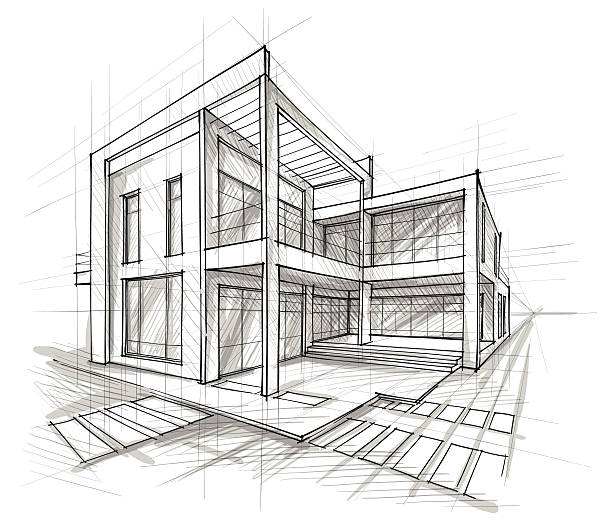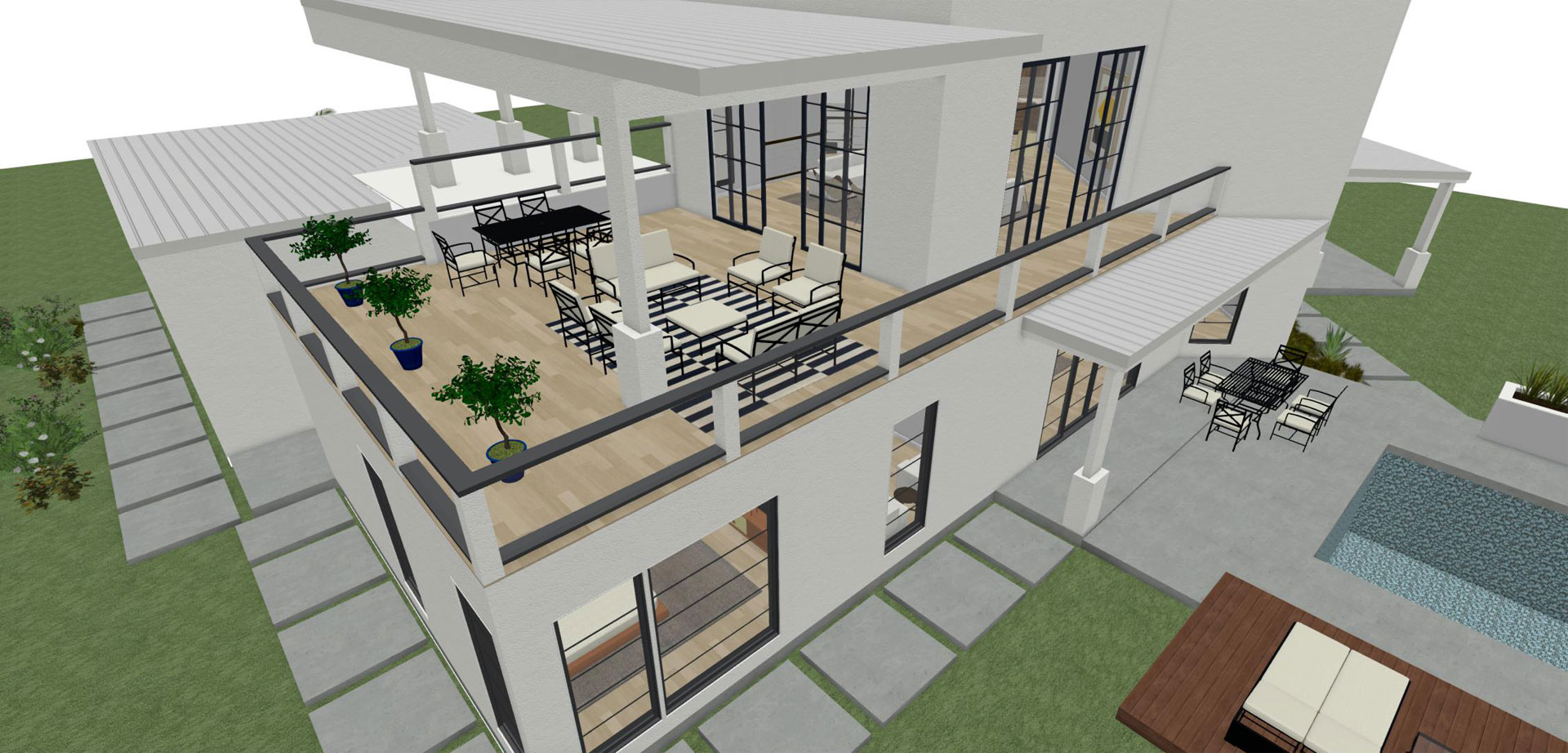Exactly How CDA Architects Incorporate Eco-Friendly Practices in Architectural Projects
Exactly How CDA Architects Incorporate Eco-Friendly Practices in Architectural Projects
Blog Article
Understanding the Collaborative Refine In Between Designers and Engineers in Modern Building And Construction Projects
The collective procedure between designers and engineers is crucial in modern-day building tasks, as it balances style intent with engineering usefulness. This partnership not just influences the aesthetic and functional elements of a project but also plays a vital duty in attending to sustainability difficulties. By employing reliable communication strategies and leveraging innovative innovations, such as Structure Info Modeling (BIM), groups can work extra cohesively. Nevertheless, the intricacies of this cooperation typically existing distinct obstacles that can impede progress. Checking out these characteristics exposes understandings that could dramatically impact job end results and overall sector standards. cda architects.
The Importance of Collaboration
The collective harmony in between architects and engineers is vital for the successful awareness of any type of building and construction task. This collaboration brings with each other unique expertise and point of views, allowing the combination of ingenious style with useful engineering solutions. By collaborating, engineers and designers can ensure that a project not just fulfills aesthetic and practical requirements but additionally complies with safety and security, sustainability, and financial restraints.
Cooperation promotes a shared vision, facilitating the placement of objectives and expectations from the outset. This alignment is critical in resolving potential difficulties and mitigating threats that could develop throughout the project lifecycle. A joint approach enables for the efficient allotment of resources, optimizing both time and price.
The significance of collaboration reaches the iterative procedure of layout and building and construction, where comments from designers can inform building decisions, causing more practical and lasting designs. Alternatively, engineers can motivate engineers to assume creatively regarding exactly how to attain structural honesty without endangering creative intent. Ultimately, the collective partnership in between architects and designers is not just useful; it is basic to the creation of top quality, useful, and ingenious developed settings that meet the needs of society.
Communication Methods and Devices
Reliable interaction techniques and tools are important for promoting cooperation in between engineers and designers throughout the project lifecycle. Establishing clear channels of communication is important to make sure that all employee are straightened with task purposes, timelines, and responsibilities. Routine meetings, both in-person and online, supply possibilities for stakeholders to discuss progress, address issues, and make informed decisions.

Additionally, taking on collaborative communication devices, such as Slack or Microsoft Teams, enables immediate messaging, file sharing, and recurring discussions, promoting an extra agile action to arising issues. File monitoring systems also play a critical role in organizing task documents, guaranteeing that all employee have accessibility to the latest info.
Shared Objectives and Task Vision
An unified job vision acts as the foundation for successful collaboration between designers and designers (cda architects). This common vision not just straightens the initiatives of both events yet likewise develops a typical structure for decision-making throughout the job's lifecycle. By expressing clear objectives, stakeholders can properly browse the intricacies of modern-day building and construction tasks, ensuring that both aesthetic you can look here and practical demands are satisfied
Establishing shared goals entails open discussion and a thorough understanding of each discipline's payments. Engineers commonly concentrate on layout intent, spatial partnerships, and customer experience, while designers highlight structural honesty, systems capability, and conformity with policies. When these perspectives are aligned, the outcome is a natural project that follows both creative desires and technological feasibility.
Moreover, a distinct job vision fosters liability amongst team participants, encouraging each individual to take ownership of their role in accomplishing the preferred result. Normal check-ins and joint workshops can even more enhance this commitment, permitting changes to be made as the task progresses. Inevitably, a shared vision not just boosts synergy however likewise raises the top quality of the final deliverable, causing successful project completion.
The Role of Technology
Leveraging modern technology has come to be essential in boosting cooperation between designers and designers. The combination of innovative software application tools facilitates real-time communication and information sharing, allowing teams to function more efficiently and effectively. Building Info Modeling (BIM) sticks out as a critical innovation, enabling both architects and designers to produce in-depth 3D versions that encapsulate layout intent and architectural integrity. This common graph lessens misunderstandings and enhances the decision-making procedure.
Moreover, cloud-based systems make it possible for seamless collaboration, enabling task stakeholders to access and update job data from anywhere. This cultivates a society of transparency and accountability, as changes can be tracked and examined in real-time. In addition, mobile applications more boost interaction, offering on-site teams with immediate accessibility to task specs and updates.
Emerging innovations such as expert system and machine learning are also beginning to play a duty in predictive evaluation, assisting groups identify prospective concerns prior to they develop. Ultimately, the role of technology in architecture-engineering cooperation not just boosts process effectiveness however additionally boosts advancement, leading to even more successful job end results. By find out here welcoming these technological developments, architects and engineers can ensure an extra cohesive and efficient collaborative procedure throughout the construction lifecycle.
Case Research Studies in Successful Partnerships
Countless study highlight the profound influence of effective collaborations between architects and engineers on task outcomes. One noteworthy instance is the collaboration on the High Line in learn this here now New York City, where landscape designers, designers, and metropolitan organizers collaborated to change an abandoned railway right into a vibrant public park. This multidisciplinary strategy not just improved the aesthetic quality yet additionally guaranteed structural safety and security and ecological sustainability.

The Burj Khalifa in Dubai additionally shows the importance of joint initiatives - cda architects. The integration of style and engineering proficiency allowed the project group to achieve unmatched elevations while sticking to safety guidelines and aesthetic vision
These instances highlight the value of communication, trust, and shared purposes. In today's complex construction atmosphere, such collaborations are necessary to navigating challenges and providing projects that meet both functional and visionary goals.
Final Thought
Finally, the collaboration between designers and engineers is necessary for the success of contemporary building and construction tasks. Efficient interaction strategies, a shared project vision, and the integration of advanced innovations are critical parts that facilitate this collaboration. By cultivating a society of responsibility and leveraging devices such as Building Information Modeling (BIM), teams can navigate project complexities, ensuring that aesthetic, functional, and sustainability purposes are attained. Ultimately, this synergy brings about innovative and effective job outcomes.
Report this page